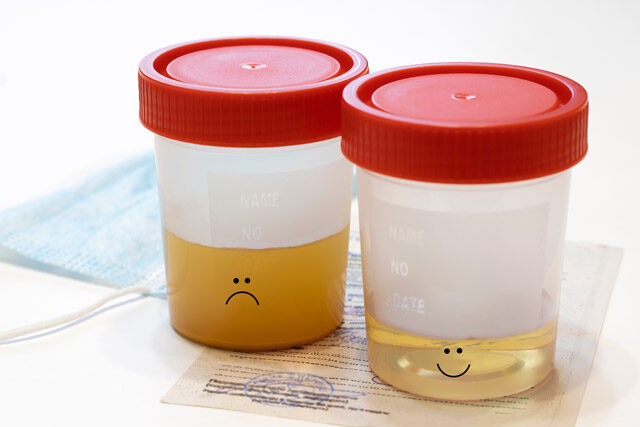Despite the common thought that milky nipple discharge occurs only during and after pregnancy, sometimes people may have it outside the mentioned conditions. Although most people take such a physical phenomenon as lactation, they do not actually produce breast milk. It’s only a nipple discharge that can occur due to a number of factors, although some of them are still unknown.
Lactating without being pregnant is called galactorrhea. This article will explain the known fact behind galactorrhea, its causes, any reasons for concerns, and when it’s time to make a doctor’s appointment.
What Is Galactorrhea?
Galactorrhea should not be confused with normal milk production, which only occurs when a woman is pregnant or breastfeeding. With this condition, lactation, or, better say, milky discharge, happens due to producing excessively high levels of prolactin – the hormone responsible for regulating the production of milk in postpartum. Both sexes have this hormone as it plays a crucial role in reproductive health.
Prolactin is produced in the pituitary gland, located at the base of the brain. Besides prolactin, it is also responsible for the secretion and regulation of a few other essential hormones, such as oxytocin and growth hormone. By the way, oxytocin also has a role in lactation. It stimulates the breast tissue and causes contractions needed to discharge the milk.
What Causes Galactorrhea
It should still be investigated what causes galactorrhea and who is most prone to experience such a condition. So far, it is evident that this disorder is often provoked by hormone imbalances, particularly a drop in estrogen and progesterone levels and a rise in prolactin. It’s also worth mentioning that the levels of these hormones in postpartum and induced lactation will differ.
However, there are also cases when women may experience galactorrhea for emotional or psychological reasons. For instance, women exposed to newborns (even unrelated babies) can suddenly start lactating.
The lactation symptoms will disappear once a woman is no longer near the newborn. It’s a rare response registered in the science community, yet it hasn’t been fully investigated thus far. This case shows that galactorrhea can have both physical and psychological roots. The latter is called idiopathic galactorrhea. Nevertheless, the hormone prolactin is still involved in such occurrences.
People with high sensitivity to prolactin are most likely to experience galactorrhea at some point in their lives. In fact, this group can have episodic nipple discharges even when their hormones are at normal levels.
Issues with the pituitary gland serve as another factor that can trigger this condition. For instance, a person can develop a noncancerous tumor that puts pressure on that area of the brain or have other pituitary disorders. In these cases, galactorrhea indicates a bigger health problem and serves only as a symptom. Here is the full list of potential galactorrhea causes:
- excessive breast stimulation
- the use of a hospital-grade breast pump
- chronic kidney disease
- nerve damage in the chest area
- side effects from hormonal medication (i.e. birth control pills)
- the intake of antidepressants
- spinal cord injury
- drug use (cocaine, opioids, marijuana)
- treatment with high blood pressure medications
- testosterone deficiency (only in men)
Though, as mentioned, not all causes of this condition are well-known or already found.
Symptoms
Men and women may experience somewhat different galactorrhea symptoms. In addition, the main cause for the condition will determine what kind of symptoms will prevail in each individual. So, these are the most widespread symptoms typical for both sexes:
- milky discharge: sudden, sporadic, or persistent. The discharge can come from nipples on both breasts or just one;
- leaks due to nipple stimulation;
- visual difficulties;
- headaches.
Women can also experience irregular periods as a symptom.
Diagnosis and Treatment
Diagnosing galactorrhea can be challenging due to its diverse causes and odd nature. Often, healthcare specialists start with analyzing medical history and running blood and urine tests, like a pregnancy test or checking the levels of prolactin in the blood. MRI is often used to see the healthy work of the pituitary gland and eliminate any chances of pituitary issues. An ultrasound of the breasts or chest area is also often used to diagnose this condition.
Depending on the findings and potential causes, doctors can suggest a change in medications, a hormone therapy, or an operation in case of tumors in the pituitary area.
Lactating While Not Pregnant – Final Thoughts
Lactating outside of pregnancy or breastfeeding is more than possible. It is a matter of a simple hormonal imbalance and usually shouldn’t be a significant concern. Still, seeking medical advice with such a condition is recommended as it can be a sign of incompatible medication or noncancerous tumors.




